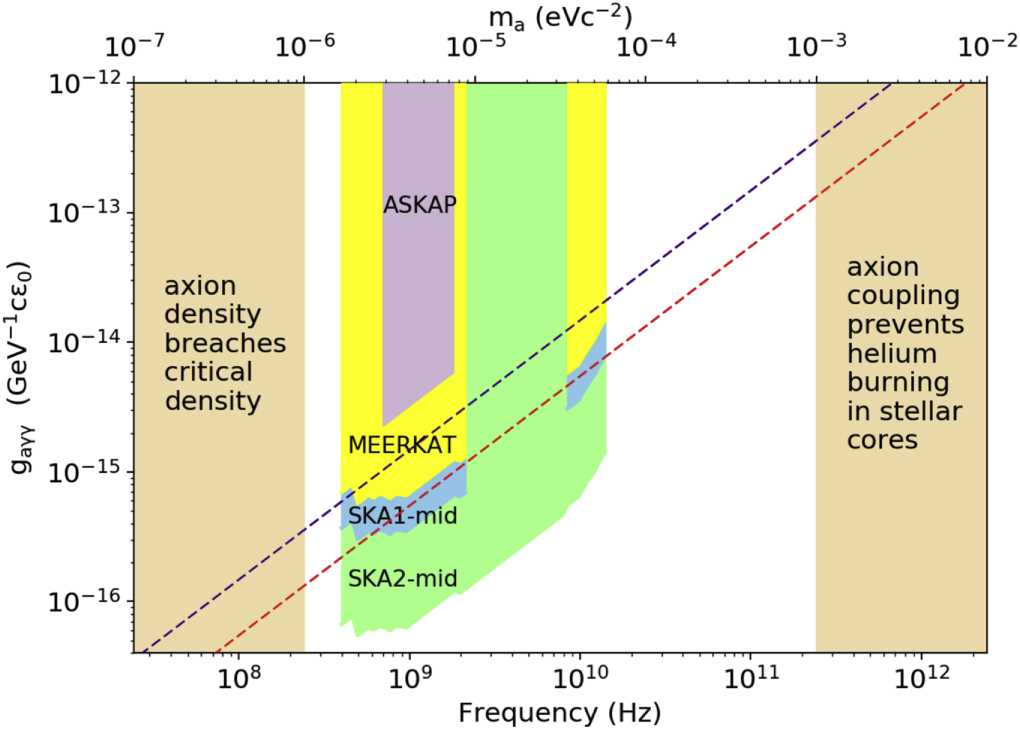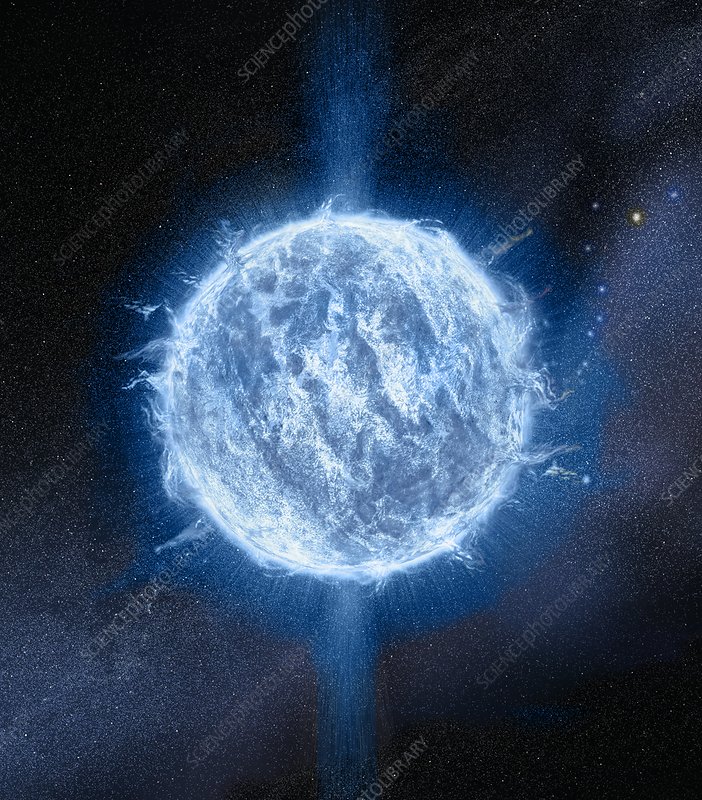How Neutron Stars May Be Factories for Dark Matter: Exploring the Axion Hypothesis
As we continue to look for answers to the mysteries of the universe, scientists are increasingly focused on solving one of the largest puzzles: the nature of dark matter. In a recent study, an intriguing hypothesis has emerged—neutron stars, those dense remnants of supernova explosions, may actually be factories producing an exotic particle candidate for dark matter known as the axion. Rooted deeply in quantum physics and particle theory, this notion is gaining traction in both the scientific community and among AI-based astrophysical models that are helping us understand these phenomena at an unprecedented level.
The Axion: A Viable Candidate for Dark Matter
The universe, at least the part we can see, is composed of only about 15% of its total mass—the other 85% remains invisible, attributed to something we call “dark matter.” Understanding dark matter is crucial because it holds galaxies together, affects the formation of cosmic structures, and influences gravitational lensing.
Among various candidates for dark matter, the axion stands out. Axions originate from a theoretical quantum field introduced to address a specific problem in quantum chromodynamics known as the strong CP problem. Many physicists believe that the same particle could also account for much of the universe’s dark matter due to its elusive nature and its weak interaction with electromagnetic fields.
Despite numerous experimental efforts, the axion has remained elusive. Much of this is due to its weak interactions, which makes detecting the particle tough across even the most sensitive detectors on Earth. However, new research suggests we may have been overlooking potential axion sources—not from the Big Bang, but from neutron stars.
Neutron Stars: The Perfect Axion Generators?
Neutron stars are remarkable objects. Compact and incredibly dense, some neutron stars are known as magnetars for their extraordinarily strong magnetic fields—up to 10 billion Tesla, which is orders-of-magnitude higher than any magnetic field we could generate here on Earth. These extremely strong fields, when combined with certain photon interactions within the star, create the exact conditions needed to produce axions.
What’s even more fascinating is that axions may convert into photons, and vice versa, under the right conditions. This property opens up opportunities for detecting axions via high-energy electromagnetic waves. Right now, experiments like direct detection facilities don’t yet have the capacity for strong enough magnetic fields to detect axions, but what if neutron stars are already doing that work for us?
Neutron Star Mechanics: Magnetism and Photon Conversion
For axions to be generated, the theoretical models propose that neutron stars would need a time-varying electric field aligned with the magnetic field—a tricky condition to meet in most environments. However, neutron stars might succeed where laboratory experiments have failed.
- Neutron stars are rotating compact objects, sometimes spinning hundreds of times per second. This rotational speed makes their magnetic fields dynamically fluctuate, creating the timely-varying electric fields that can generate axions.
- Photons interacting with this intense magnetic environment may ‘transform’ into axions. If these axions are then reconverted to photons in different directions, they could produce observable signatures detectable by radio telescopes.
Researchers are finding that axion clouds around neutron stars may be responsible for creating intriguing phenomena like small variations in radio signals referred to as “nulling,” or even the exceptionally powerful Fast Radio Bursts (FRBs) that have baffled scientists for years.
Axions and Pulsars: Are We Already Seeing Axion Signatures?
There’s a tantalizing possibility that axions might already be influencing observable cosmic phenomena. For decades, we’ve observed the distinctive radio pulsations of pulsars—rotating neutron stars with strong magnetic fields—but certain radio anomalies, like nulling or unexplained bursts of radio signals, could very well be signs of axion activity.
One of the more compelling hypotheses suggests that axions produced within a neutron star’s magnetosphere could be responsible for extra radio waves emitted alongside the star’s usual pulses. Even more interestingly, dense clouds of axions around the star might build up over time, eventually emitting large amounts of radiation when the star’s magnetic field starts to decay.
Table: Comparing Known Dark Matter Signals to Potential Axion Signatures
| Phenomenon | Traditional Explanation | Axion Hypothesis |
|---|---|---|
| Pulsar Beams | Rotation-powered magnetic fields | Additional radio waves generated by axions |
| Fast Radio Bursts | Unknown | Axion clouds emitting bursts when magnetic fields weaken |
| Radio Glows | None observed | Axions producing radio signatures not tightly focused along magnetic poles |
What This Means for Dark Matter Research
While the evidence for neutron stars as dark matter factories remains largely theoretical, the implications are profound. Not only does this provide tantalizing clues for dark matter searches, but it also challenges us to refine our detection mechanisms further. As I’ve noted in past articles, like “The Mysteries of Vanishing Astronomical Objects”, the universe often reveals its secrets through the most macroscopic and microscopic of interactions.
We might not be able to rely on laboratory-bound experiments alone to solve these cosmic problems. Instead, focusing on natural dark matter producers like neutron stars could give us better insight into how dark matter works and perhaps even identify specific candidates like axions to fill the gaps in our Standard Model of particle physics.

The Future of Axion and Neutron Star Studies
Upcoming radio astronomy projects, such as the Square Kilometer Array (SKA), may finally be able to detect the faint signatures of axions emanating from neutron stars. Using these specialized facilities, scientists could potentially observe the predicted radio emissions from axion clouds, representing a significant leap in our understanding.
As researchers refine their techniques for axion detection, new tools such as AI-enabled simulations may play a pivotal role in understanding these complex star environments. Drawing parallels to the AI approaches I’ve discussed in my previous post on AI’s Role in Image Analysis of Sagittarius A*, machine learning and simulation are emerging as powerful tools in our quest to understand advanced cosmic phenomena.
Concluding Thoughts
While neutron stars as dark matter factories remains an exciting hypothesis, there are still many “ifs.” However, even without confirming that axions comprise the entirety of dark matter, discovering them would represent a monumental leap for physics, potentially solving the vexing strong CP problem and giving us new tools to study the very structure of our universe.
Whether neutron stars are the key to unveiling some of the universe’s greatest secrets or simply another piece of the complex dark matter puzzle is something we will all need to keep an eye on as research continues.
Focus Keyphrase: neutron star dark matter
